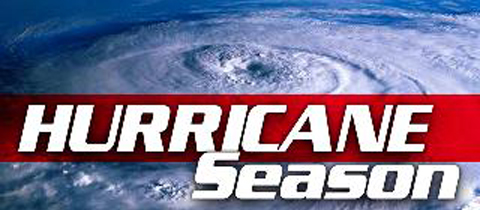The 2013 season appears to be primed and set to be another above average season as the El Nino event that was forecasted to persist through Spring has withered away and has been replaced by a cold neutral. The season is Still uncertain on Track, but some good ideas toward what might happen are in the paragraph below.
Outlook
With a cold neutral, or La Nina likely to be in place through most of the 2013 season, it is to be noted that this will inturn, encourage a decrease in Eastern Pacific Equatorial convective blowups, that tend to cause Shear in the Western portion of the Atlantic Basin. This will allow an additional 3-4 storms to form more than likely, as well as the cooler water causing higher pressures than average to build over the Eastern pacific basin which will tend to prevent storm formation in this region, and push more of the tropical energy into the Atlantic.
The SST’s are already hinting at a similar set up to last year (Because like previous years the western atlantic has been practically untouched by any kind of major storm), which has really caused the western atlantic Sea Surface Temps to be above average for this time of year, but once again last year was a pretty decently active Cape Verde season which cooled down those waters dramatically.
Predictions:
A less active Cape Verde season until Peak portions of the season, this will cause these Tropical waves to be pushed closer to land before forming, which will mean more landfalling storms. The climatological pattern (Neutral-La Nina) Means that there will likely be a lack of a strong monsoon occuring in the Southwest CONUS which will only encourage High Pressure to build there, this means that Texas will likely be protected this year if this pattern were to come to fruition. This pattern described would put the Central-Eastern Gulf Coast and Southeastern Coast at risk because the weakness would be forced to set up around this area, and would cause a “Capping” High Pressure system to set up over the Northeastern part of North America, which would only give the storms two options… If they form far enough east, it would result in an easy way out to sea, but most that form closer will head for Central America under the influence of the High Pressure system set-up over the Southwest, or they would be drawn north from the Caribbean to visit people in the Central-East Gulf Coast.
Pre-season Numbers (Prior to April Issue of CSU’s)
15-18 Named Storms
8-11 Hurricanes
3-6 Major Hurricanes
